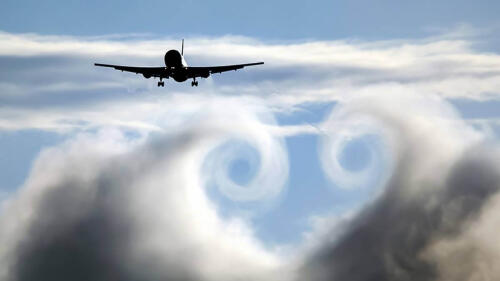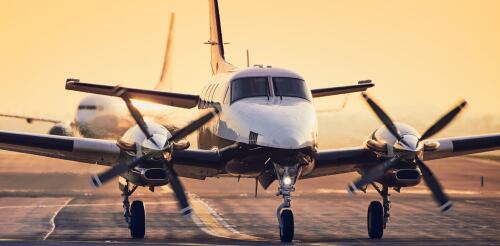Flights
A Qatar Airways flight has encountered turbulence above Turkey, injuring 12 passengers and crew. The flight from Doha to Dublin landed safely after the episode, which caused people to “hit the roof” of the plane. The news comes just five days after the death of a British passenger and injuries to 104 others after a Singapore Airlines flight hit sudden turbulence above Myanmar, causing it to dramatically lose altitude. We know turbulence is a common part of flying – but are some routes more prone? And where is it the worst? What is turbulence? Turbulence is felt when a plane flies through relatively disturbed air, which is responsible for “abrupt sideways and vertical jolts”, according to Australia’s Civil Aviation Safety Authority. Turbulence is the leading cause of in-flight injuries to crew and passengers. The agency defines eight types of turbulence, including thunderstorm, thermal, frontal and &#...
Electric planes might seem futuristic, but they aren’t that far off, at least for short hops. Two-seater Velis Electros are already quietly buzzing around Europe, electric sea planes are being tested in British Columbia, and larger planes are coming. Air Canada announced on Sept. 15, 2022, that it would buy 30 electric-hybrid regional aircraft from Sweden’s Heart Aerospace, which expects to have its 30-seat plane in service by 2028. Analysts at the U.S. National Renewable Energy Lab note that the first hybrid electric 50- to 70-seat commuter plane could be ready not long after that. In the 2030s, they say, electric aviation could really take off. That matters for managing climate change. About 3% of global emissions come from aviation today, and with more passengers and flights expected as the population expands, aviation could be producing three to five times more carbon dioxide emissions by 2050 than it did before the COVID-19 pandemic. Aerospace engineer and assi...

